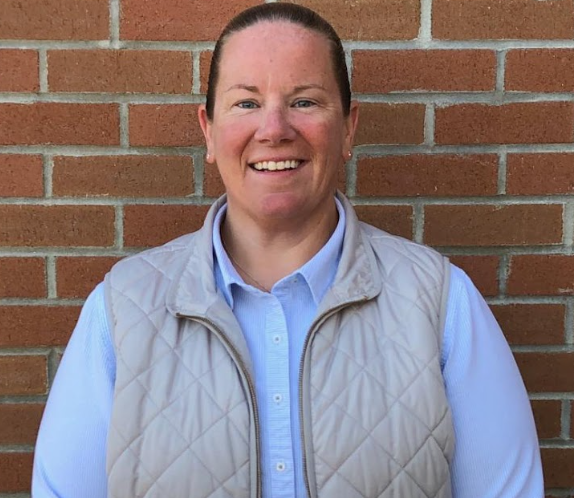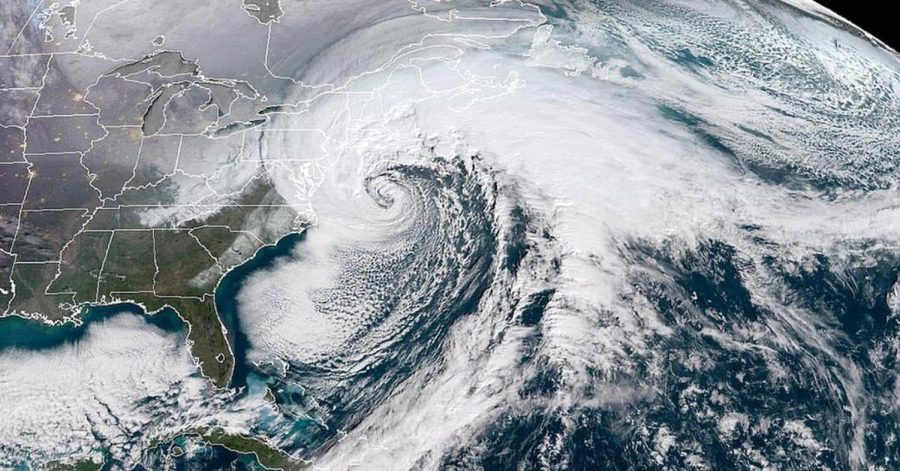There’s “Snow” Place like the Northeast
January 30, 2018
Beginning January 4, the entire state of New York, as well as other Northeastern states and Canada, experienced a storm like “snow” other. This snowstorm, dubbed the “bomb cyclone” by weather journalists, brought about blizzard-like conditions ranging from extremely low temperatures to speedy winds and feet upon feet of snow – up to four feet at most in Maine.
On January 3, meteorologists knew the storm was brewing on the East Coast and advised winter storm watches and warnings to most of the states there. It hit on January 4 and ended on the 5th in some states, whereas in other states it lasted until the 6th. The storm got its name of “bomb cyclone” from the fact that it resembled a hurricane, as it spun around a center “eye.”
The consequences of the “bomb cyclone” varied from state to state. In Massachusetts, the city of Boston experienced extreme flooding as a result of both the high tide at the time and the aftermath of the storm. Over 20,000 households also were left without power. The accumulation lowered traveling further south down the East Coast, but cities in Georgia and the Carolinas still experienced icy rain, a few inches of snow, and dangerous roadway conditions.
New York experienced varying conditions from upstate to Long Island. There was significantly more snow upstate than on the Island but conditions were still somewhat extreme; many schools on the Island were closed for two days due to the snow and below-freezing temperatures. Many houses in Wantagh were even left without heat Sunday, January 7 when the oil in the pipes became semi-frozen and jelly-like.
The storm finally subsided beginning Monday, January 8, and temperatures rose since then; the two weeks following experienced mild weather conditions with temperatures in the 40s and even 50s.












